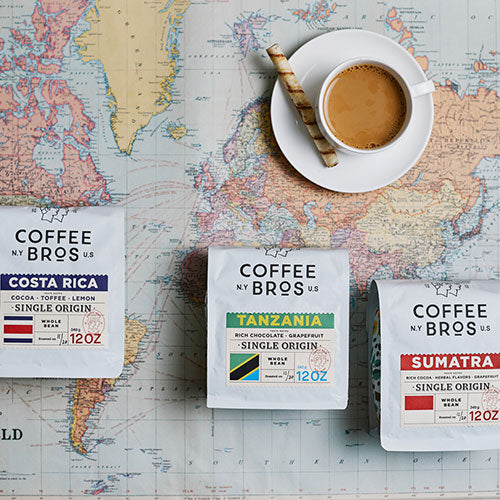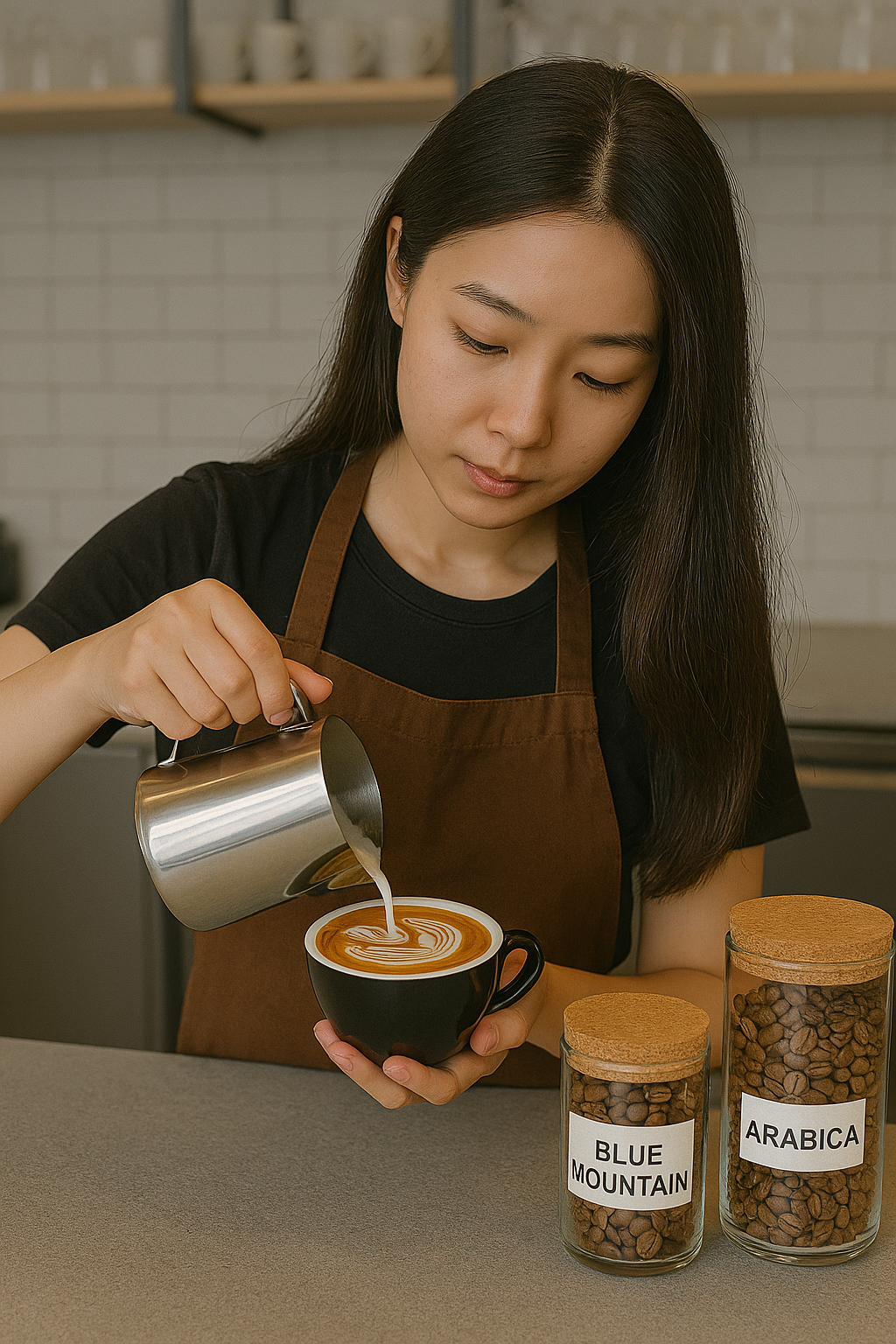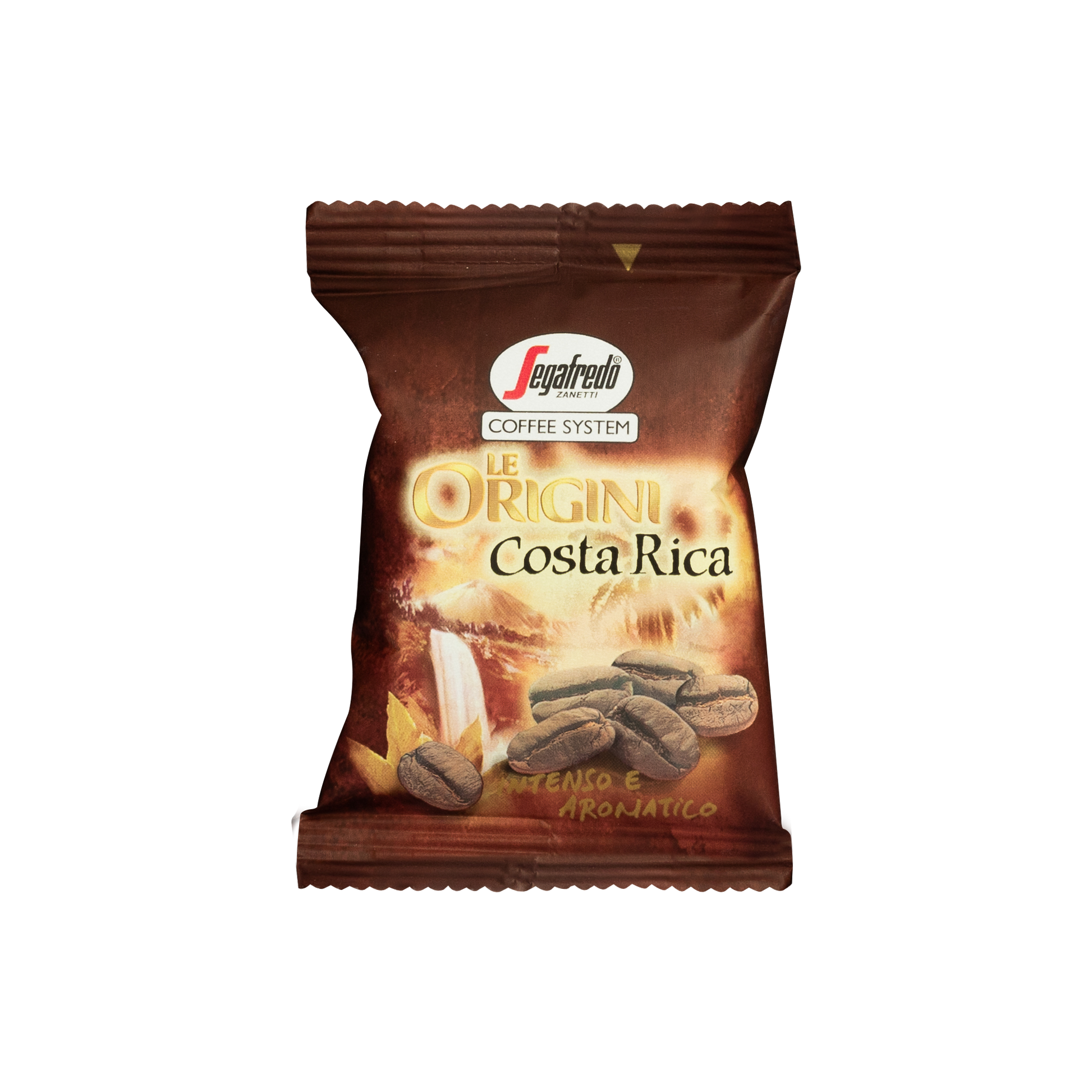Where to copyright SOE Single Origin Espresso Online
Where to copyright SOE Single Origin Espresso Online
Blog Article
Coffee Beans 101: Every Little Thing You Need to Find Out About Coffee and Blended Coffee Beans
When it pertains to coffee, understanding the nuances of espresso and blended beans can transform your everyday cup. You'll find the distinctive attributes of Arabica and Robusta beans, and just how each impacts flavor and high levels of caffeine content. From the growing process to roasting techniques, every step plays a role in your coffee experience. So, what makes the ideal mixture? Let's check out the vital aspects that add to an exceptional cup of coffee.
Comprehending Coffee Beans: Varieties and types
When diving into the globe of coffee, understanding the types and varieties of coffee beans is vital for each fanatic. You'll primarily run into two major types: Arabica and Robusta. Arabica beans are known for their smooth, complicated tastes and reduced high levels of caffeine web content, making them a preferred among coffee fanatics. On the various other hand, Robusta beans pack a strike with a more powerful, a lot more bitter preference and higher caffeine levels, usually used in espresso blends.
Within these types, you'll discover different regional ranges, each bringing unique attributes. Ethiopian Yirgacheffe provides brilliant floral notes, while Colombian beans offer a healthy flavor account. As you discover, bear in mind to take note of processing methods like washed or natural, as they can significantly influence the final preference. By acquainting yourself with these beans and their flavors, you'll raise your coffee experience and make more enlightened choices in your developing trip.
The Expanding Refine: From Seed to Bean
When you explore the journey of coffee, it all begins with seed selection strategies that establish the structure for top quality. From there, farming and harvesting play essential duties in making certain the beans flourish. Finally, handling approaches transform those harvested cherries into the coffee beans you like.
Seed Choice Methods
Choosing the appropriate seeds is vital for creating high-grade coffee beans, as it lays the foundation for the entire expanding process. Pay attention to the seed's age and storage space problems, as fresh seeds have a tendency to germinate far better. Think about the illness resistance of various selections, as this can greatly influence your yield.
Growing and Harvesting
As you support your coffee seeds into thriving plants, understanding the farming and harvesting process is essential for accomplishing the ideal flavor and top quality. Start by planting your seeds in well-draining soil, preferably in a shaded location to safeguard them from direct sunshine.
Hand-picking is typically the best technique to assure just the ripest cherries are selected. Timing is crucial; harvesting also late or also very early can impact the flavor profile of your beans.

Processing Approaches Described
When you've collected your coffee cherries, the next vital step is refining them to transform those lively fruits right into the beans you'll make. There are two main techniques: the wet procedure and the dry process. In the completely dry procedure, you spread the cherries out in the sunlight to dry, enabling the fruit to ferment and give unique flavors to the beans. On the other hand, the wet process entails removing the fruit promptly and fermenting the beans in water, resulting in a cleaner preference. After processing, the beans are hulled, arranged, and typically dried out once again. Each approach affects the taste profile, so explore both can help you discover your favored mixture. Recognizing these methods is essential to enjoying your coffee experience.
Toasting Strategies: Just How Flavor Is Created
When it comes to toasting coffee beans, recognizing roast levels is crucial to exposing their special tastes. Each roasting method impacts the aroma and improves the flavor growth process, providing you a richer coffee experience. Let's explore exactly how these elements come together to elevate your everyday mixture.
Roast Levels Clarified
Roast degrees play a necessary duty in forming the flavor profile of your coffee. By comprehending these levels, you can much better pick a coffee that matches your preference preferences. Experiment with various roasts to discover which one reverberates with you, boosting your overall coffee experience and enjoyment.
Effect On Scent
The roast degree not just influences the preference of your coffee however additionally significantly impacts its aroma. When you pick a light roast, you'll usually discover intense, floral notes that can make your coffee scent vivid and fresh. As the beans darken, the scent shifts; a tool roast brings out extra balanced, caramelized scents, while a dark roast often tends to include bold, smoky touches. Each roasting strategy launches different unpredictable compounds, shaping how your coffee scents. Furthermore, the quality of the beans plays a vital function; fresh roasted coffee releases more fragrant oils, improving that tempting aroma. So, take notice of the roast level-- it's essential to revealing the full fragrant experience of your mixture.
Flavor Growth Process
As you check out the flavor development process, you'll find that toasting strategies play a vital function in shaping the taste profile of your coffee. The roasting temperature level and time straight influence the level of acidity, sweetness, and bitterness of the beans. Light roasts preserve more of the bean's initial flavors, highlighting fruity and floral notes.
Espresso vs. Blended Coffee: Trick Differences
Coffee and blended coffee each deal one-of-a-kind experiences that accommodate different tastes and preferences. Espresso is a focused coffee made by compeling warm water through finely-ground coffee beans, leading to a rich, strong flavor and a luscious layer of crema on the top. It's often enjoyed as a shot or made use of as a base for beverages like coffees and lattes.
On the other hand, blended coffee combines numerous beans from various areas, developing an extra well balanced taste profile. You'll commonly discover blends that highlight body, sweet taste, or acidity, making them flexible for different brewing techniques. While coffee concentrates on strength, combined coffee may provide a broader array of flavors that can alter with each sip.
Eventually, your selection between coffee and blended coffee boils down to your individual preference. Whether you yearn for a leisurely mug or a fast shock, both choices have something tasty to use.

Developing Methods: Opening the Perfect Cup
When it pertains to brewing coffee, locating the right method can change your experience and boost your mug. Each developing strategy has its unique beauty and can considerably affect your coffee's taste and scent. For instance, making use of a French press permits you to enjoy a robust and abundant brew, while a pour-over method provides a clean, brilliant mug with distinctive flavors.
If you like espresso, spending in a high quality device can assist you master the art of pulling shots. Additionally, for ease, a single-serve skin system offers rate without giving up preference.
Don't forget regarding cold brew, which provides a smooth, less acidic coffee suitable for warm days. Experiment with different methods to find what resonates with your palate.
Tasting Notes: Recognizing Taste Profiles
How can you absolutely value your coffee if you do not recognize what flavors to look for? Tasting notes are your guide to comprehending the complex world of coffee. Pay attention to the first tastes that strike your palate when you sip. You could spot fruity notes, like berry or citrus, or probably a nutty touch. As you continue to taste, discover just how the flavors evolve-- this is understood as the "finish." Some coffees could leave a chocolatey or caramel aftertaste, while others may have a brilliant, tidy finish.
Consider the body of the coffee, also; is it airy and light or thick and syrupy? Do not neglect acidity; a bright acidity can add spiritedness, while a reduced acidity could offer a smoother experience. By identifying these flavor profiles, you'll strengthen your connection with Single Origin Espresso each mug, making coffee tasting a wonderful trip of discovery.

Tips for Picking and Keeping Coffee Beans
Selecting and saving coffee beans appropriately can substantially improve your developing experience. Start by selecting high-grade beans that match your preference - SOE.
Once you have your beans, keep them in an impermeable container to avoid exposure to wetness, air, and light. A dark, amazing location functions best, so stay clear of maintaining them in the fridge or freezer, as this can present dampness. Just grind the quantity you need to maintain quality; whole beans preserve flavor longer than pre-ground coffee.
Lastly, try to utilize your beans within 2 to four weeks after opening up for peak preference. Adhering to these suggestions will certainly guarantee your coffee stays savory and pleasurable, raising your daily brew to brand-new elevations.
Regularly Asked Questions
The Length Of Time Do Coffee Beans Keep Fresh After Toasting?
Coffee beans stay fresh for regarding two weeks after roasting - SOE. You must keep them in an impermeable container, far from light and dampness. Afterwards, their taste and scent start to lessen considerably

Can I Mix Different Coffee Bean Varieties?
Definitely, you can blend various coffee bean varieties! Trying out blends can improve tastes and create a distinct preference account. Simply see to it to stabilize the toughness and features of each selection for the ideal outcomes.
What Is the Suitable Work Size for Coffee?
For espresso, you'll want a fine work dimension, concerning the structure of table salt. This permits excellent extraction, leading to a rich, delicious shot. Experiment a little bit to locate what fits your preference best!
Just How Does Elevation Affect Coffee Bean Taste?
Altitude affects coffee bean taste by influencing the growth rate and chemical composition. Greater altitudes lead to slower growth, which improves level of acidity and intricacy, giving your coffee a lively and unique taste you will not forget.
Exist Decaffeinated Versions of Coffee Beans?
Yes, there are decaffeinated versions of coffee beans. You can enjoy an abundant espresso flavor without the caffeine kick. Simply look for "decaf" blends at your local cafe or specialized shop.
Coffee Beans 101: Every Little Thing You Need to Know Regarding Espresso and Blended Coffee Beans.
When diving right into the globe of coffee, understanding the kinds and ranges of coffee beans is essential for every lover.When it comes to toasting coffee beans, understanding roast levels is key to disclosing their unique tastes. Espresso is a focused coffee brewed by compeling hot water via finely-ground coffee beans, resulting in a rich, strong flavor and a velvety layer of crema on top.On the other hand, mixed coffee integrates different beans from various regions, developing a much more balanced taste profile.
Report this page